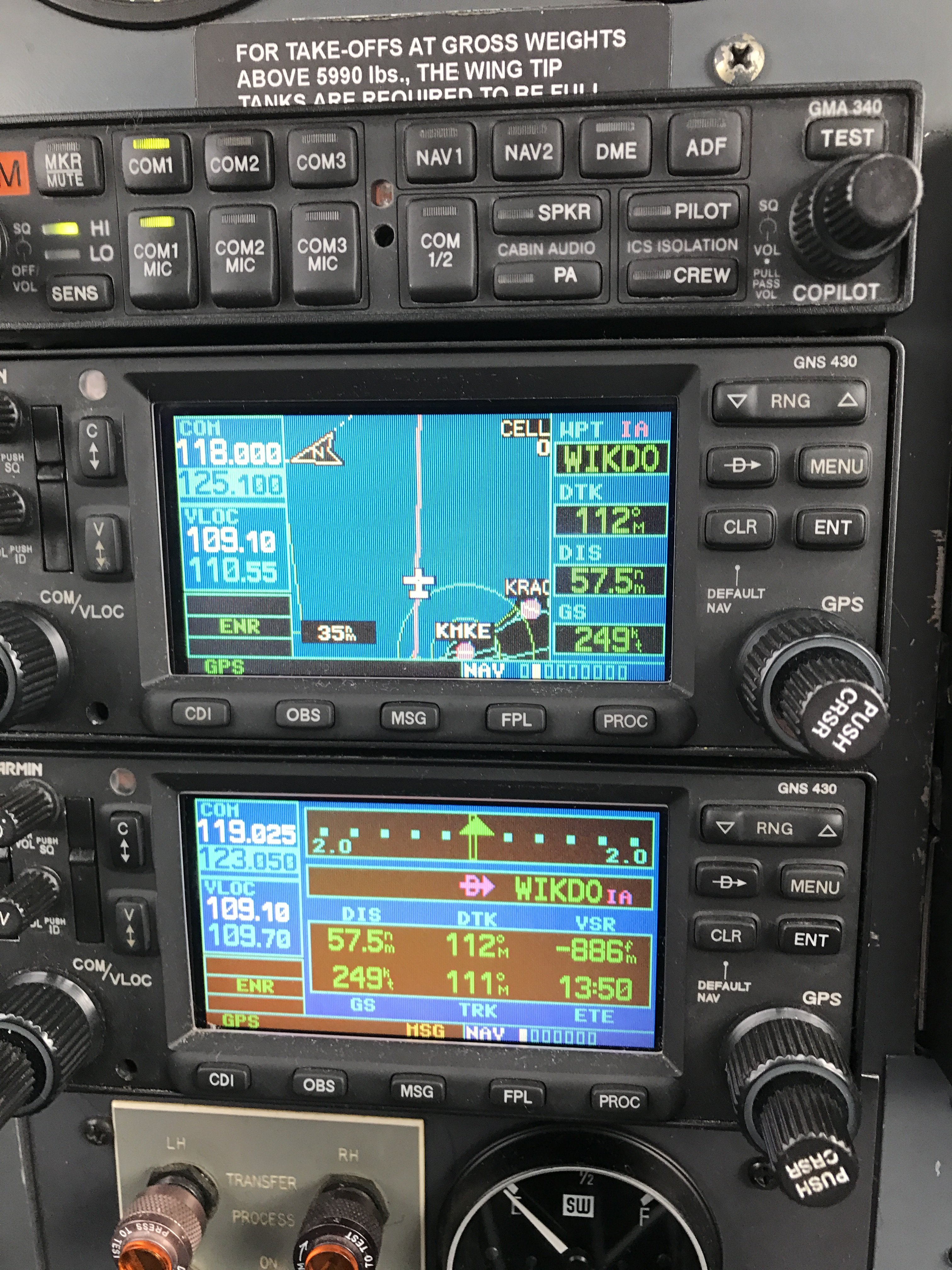“Airport XXX Traffic, Cessna N1234 Engine Out Runway 27.”
Yup, that was the radio call I heard. Obviously, location and aircraft number have been changed to protect the pilot, an instructor, who made this call.
When I hear this on the radios I think there was actually a problem. But nah, they were just practicing.
Verbalizing a potentially catastrophic event like this on a radio frequency can give those listening on the frequency the incorrect impression a real emergency may exist.
It is important that instructors teach emergency procedures to their students and customers, but it is also important that they are careful in their communications about their actions on radio frequencies to avoid creation of the impression that an emergency may exist.
So, what would have been better then? Continue reading

 Pro-tip: Listen to weather broadcasts at a lower volume than the radio selected to the primary communications frequency.
Pro-tip: Listen to weather broadcasts at a lower volume than the radio selected to the primary communications frequency.  So, what’s the best advice I can give a pilot who is in the early stages of their career?
So, what’s the best advice I can give a pilot who is in the early stages of their career?